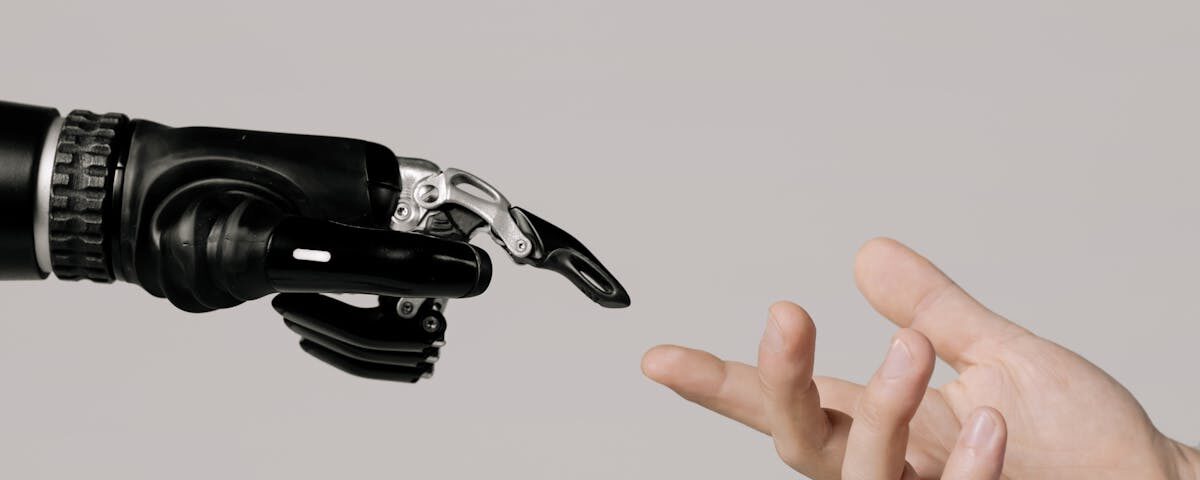
Tech Solutions for Social and Environmental Challenges
May 2, 2024
Beauty Secrets: Makeup and Hair Tips
May 4, 2024In the ever-evolving landscape of technology, the integration of robotics, automation, and artificial intelligence (AI) has given rise to a new era in the workplace. The Robotics Revolution is reshaping industries, redefining job roles, and revolutionizing how we perceive work. As we navigate this transformative journey, we must explore the implications, challenges, and opportunities presented by the symbiosis of humans and machines in the contemporary Techscape.
The Rise of Automation and AI
Automation and AI technologies have ushered in an era of unparalleled efficiency and productivity. Robots and intelligent algorithms seamlessly handle tasks that were once time-consuming and repetitive. In the tech sector, where innovation is at the core, these advancements drive a paradigm shift in how companies operate.
Enhancing Efficiency
Automation has significantly increased operational efficiency within tech companies. Routine tasks, such as data entry, software testing, and system monitoring, are now automated, allowing human resources to focus on more complex and creative aspects of their work.
AI-powered Decision-Making
Artificial intelligence algorithms are making strides in decision-making processes. In the tech industry, AI analyzes vast datasets, predicts market trends, and optimizes business strategies. This not only facilitates quicker decision-making but also ensures a more data-driven approach.
Impact on Job Roles
Integrating robotics and AI in the workplace has sparked concerns about job displacement and the future of human employment. However, it’s crucial to recognize that these technologies also create new opportunities and augment existing roles.
Job Transformation
Many routine and manual tasks are now automated, leading to the transformation of job roles. Employees are increasingly required to upskill and adapt to the changing technological landscape. The demand for data science, machine learning, and AI programming skills is rising.
Collaboration between Humans and Machines
Rather than replacing humans, robotics and AI are often complementing human abilities. Human-robot collaboration is becoming more prevalent, especially in tasks that require cognitive and physical skills. This collaborative approach is fostering innovation and efficiency.
Challenges in Implementation
Integrating robotics and AI in the workplace is challenging despite the numerous benefits. Addressing these hurdles is crucial to ensuring a smooth transition and maximizing these technologies’ positive impact.
Ethical Considerations
The rise of AI raises ethical questions, particularly regarding decision-making processes and algorithm bias. Ethical AI practices and transparency are imperative to maintaining trust in these technologies.
Job Displacement Concerns
The fear of job displacement due to automation is a valid concern. Companies must proactively address this issue by investing in reskilling and upskilling programs to empower their workforce with the necessary skills for the future job market.
The Road Ahead
As we navigate the Robotics Revolution, the techscape is evolving rapidly. Companies that embrace automation and AI while prioritizing ethical considerations and addressing workforce concerns are poised to lead the way in this technological revolution.
Investment in Education and Training
A concerted effort must be made to invest in education and training programs to ensure a workforce that is ready for the future. Continuous learning and development will prepare individuals for the evolving job market.
Fostering Innovation
The synergy between humans and machines opens up new possibilities for innovation. Companies that encourage a culture of experimentation and creativity will be at the forefront of technological breakthroughs, driving progress in the industry.
In conclusion, the Robotics Revolution is reshaping the tech industry’s landscape and bringing about unprecedented changes in the workplace. Embracing automation and AI while addressing the associated challenges will pave the way for a future where humans and machines collaborate harmoniously, unlocking new productivity levels, efficiency, and innovation. As we stand at the crossroads of this transformative journey, the key lies in navigating it with a thoughtful and strategic approach, ensuring that the benefits of the Robotics Revolution are harnessed for the betterment of individuals and society.




